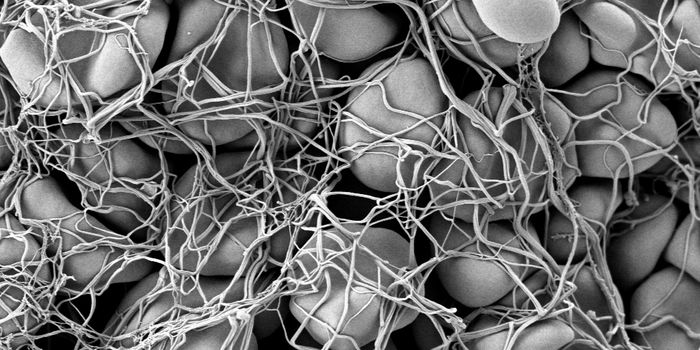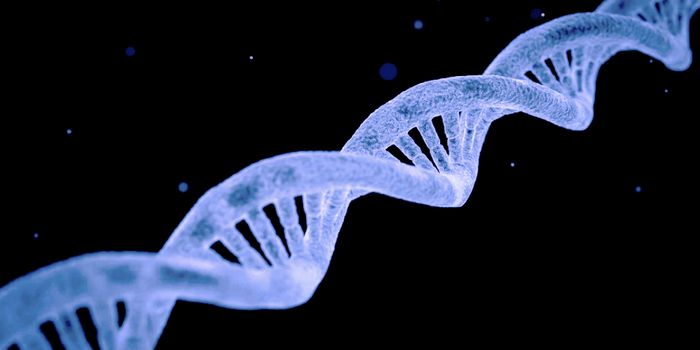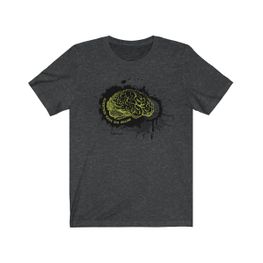Stem Cells Successfully Deliver Therapeutics to Brain Cancer
Scientists at the University of North Carolina at Chapel Hill have made another incredible advancement in their study of cancer therapeutics. After successfully using a mouse model to demonstrate that stem cells had the potential to target and destroy cancer cells, they have applied their work to human cells. Reporting in Science Translational Medicine, the researchers showed that stem cells grown from human skin cells can be modified into cancer fighting machines, and quickly enough to come to the aid of patients. You can get an overview of the work from the video below.
Shawn Hingtgen, a UNC Assistant Professor in the Eshelman School of Pharmacy and member of the Lineberger Comprehensive Cancer Center, led the team that first reported this technique last year; survival time in various types of brain cancer increased 160 to 220 percent in mouse models of different types of tumors. This new work confirms that human skin cells be used in this same way, and shows that the cells can be harvested and modified fast enough to help people that have only a 30 percent chance of surviving for two years past diagnosis.
"Speed is essential," Hingtgen said. "It used to take weeks to convert human skin cells to stem cells. But brain cancer patients don't have weeks and months to wait for us to generate these therapies. The new process we developed to create these stem cells is fast enough and simple enough to be used to treat a patient."
Glioblastoma patients have only chemotherapy, radiation and surgery as treatment, and in most patients tumors that are shrunk only end up returning within months. The tumors can't be seen by a surgeon or reached by drugs, making them virtually impossible to completely remove, explained study co-author Ryan Miller, a neuropathologist at UNC Hospitals and Associate Professor at the UNC School of Medicine.
"We desperately need something better," said Hingtgen.
A method, skin-flipping, that won the Nobel Prize in 2012 was the foundation for this work. The process involves collecting skin cells that make collagen and connective tissue, fibroblasts, from a patient. Those cells are then reprogrammed. In cellular reprograming, four genes are introduced into the cells, and in a bit of nature's magic, the cells then become pluripotent stem cells that have the power to become any cell in the body. But all of the details of how that happens are not understood. Scientists simply know it works, and use the methodology. In this case the cells are reprogrammed into neural stem cells, and they are able to zero in on brain cancer cells.
These stem cells normally don't kill cancer by themselves, they only locate it and get near it. So the scientists had to do a bit more engineering to transmit agents that can be used by the cells for combating the cancer. The team has thus developed stem cells that transmit a protein, which acts on a substance given to the patient, an inert prodrug. Then the drug only becomes activated in the presence of the cells that carry the activating protein, and the drug isn't circulating throughout the entire body (and causing unintended and noxious side effects).
"We're one to two years away from clinical trials, but for the first time, we showed that our strategy for treating glioblastoma works with human stem cells and human cancers," said Hingtgen. "This is a big step toward a real treatment -- and making a real difference."
Sources: AAAS/Eurekalert! via University of North Carolina at Chapel Hill, Science Translational Medicine
-
MAY 07, 2024Is It Anti-RNP or Anti-Sm/RNP?
- See More
-
APR 30, 2024Immuno-Oncology Virtual Event Series 2024
-
MAY 07, 20243rd International Biosecurity Virtual Symposium
-
MAY 23, 2024For the Love of Digital PCR 2024
- See More

















































